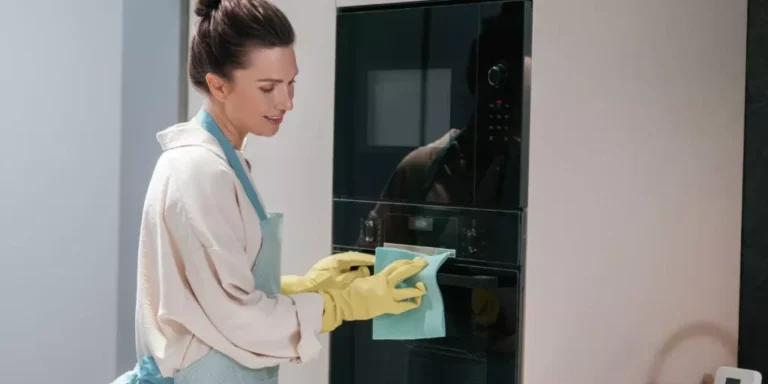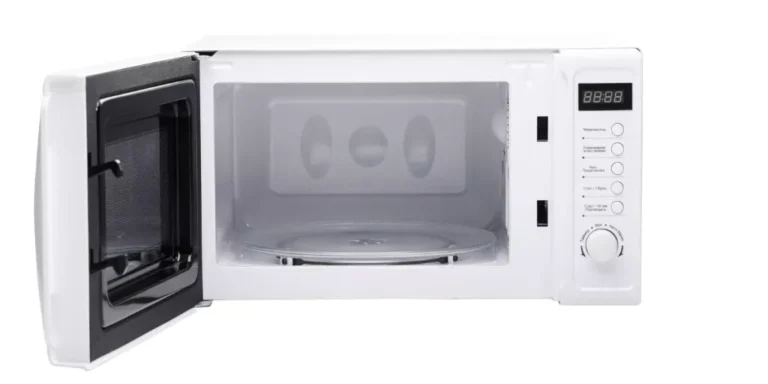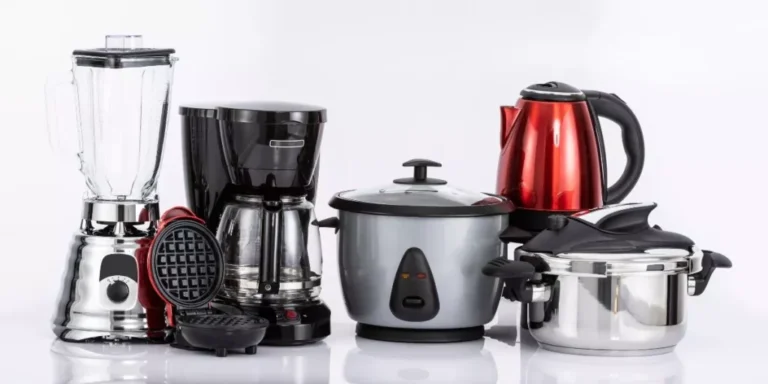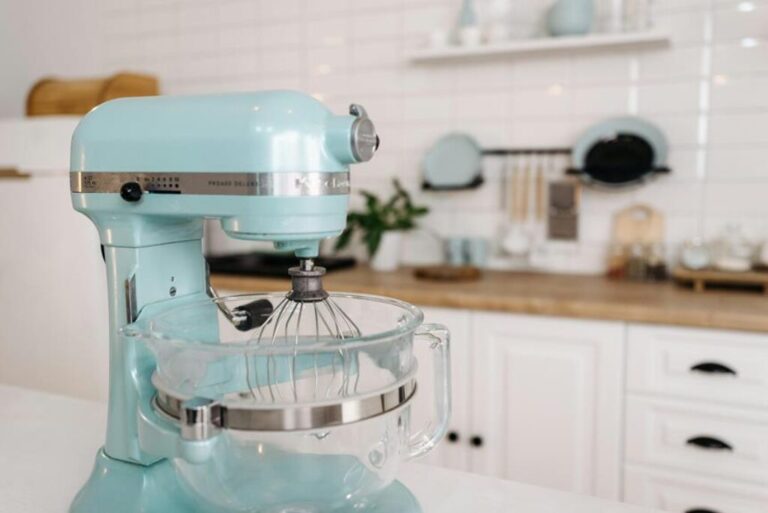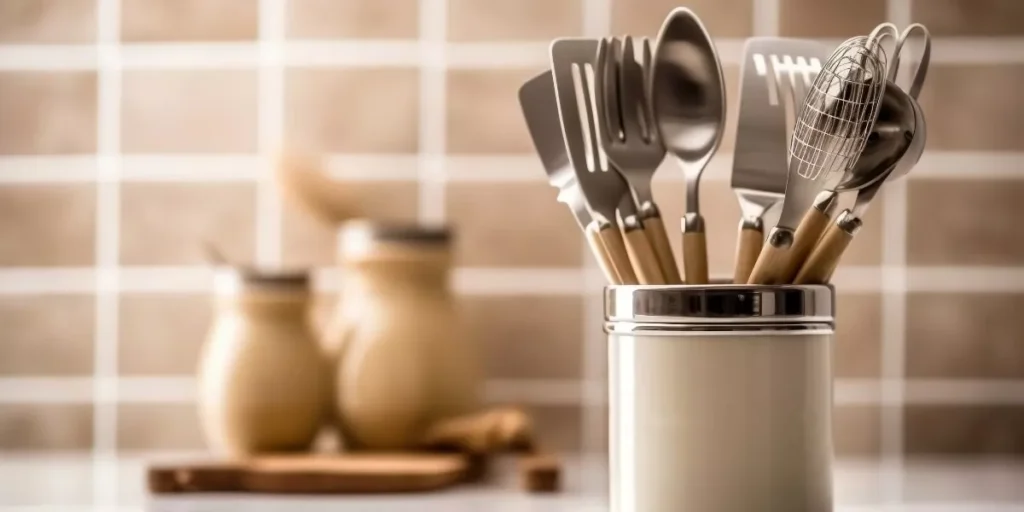
Estimated Reading Time: 11 minutes
Updated: April 06, 2025
We’ve all been there—staring into the abyss of a crusty rice cooker pot wondering if rice glue counts as a permanent adhesive. Rice cookers are absolute mealtime heroes, but they deserve a bit of love in return. If you’re not sure how to clean yours without destroying it or your will to live, don’t worry—we’ve cooked up the ultimate guide for you.
Just Tell Me What to Buy!
If you’re in a rush (or just hate sticky rice pot drama), here are the top-rated cleaning tools for rice cookers:
- Best Overall Rice Cooker Cleaning Kit: Full Circle Tenacious C Scrub Brush – gentle yet effective on non-stick surfaces.
- Best Descaler for Burnt Rice Residue: CLR Kitchen & Bath Cleaner – food-safe and effective on mineral buildup.
- Best for Daily Use: Scrub Daddy Sponge – versatile, non-scratch, and oddly adorable.
- Top Microfiber Cloth: Amazon Basics Microfiber Cleaning Cloths
Quick Cleaning Comparison Box
| Feature/Use | Best Tool / Product | Why It’s Awesome |
|---|---|---|
| Daily Wipe-Down | Microfiber cloth | Lint-free, non-abrasive |
| Non-Stick Pot Cleaning | Soft sponge (Scrub Daddy or Full Circle brush) | Protects coating, removes food debris |
| Burnt Residue Removal | Baking soda + vinegar or CLR spray | Natural or powerful chemical descaling |
| Exterior Cleanup | All-purpose cleaner or damp cloth | Removes oil splashes, easy on the eyes |
| Deep Clean & Deodorize | White vinegar steam soak | Natural, non-toxic, and effective |
Step-by-Step: How to Clean Your Rice Cooker (Inside & Out)
1. Unplug and Cool Down First
Let’s not turn this into a shocking experience (literally). Always unplug your cooker and allow it to cool completely.
2. Remove and Clean the Inner Pot
This is where the magic—and mess—happens. Here’s how to clean it:
- For Daily Use: Use warm water, dish soap, and a non-abrasive sponge.
- For Stuck-on Residue: Soak the pot in warm soapy water for 15–30 minutes.
- Pro Tip: Add a spoonful of baking soda to the water if rice is glued like it’s auditioning for a pottery class.
3. Clean the Lid (Removable or Hinged)
- Removable lids: Wash with dish soap and a soft cloth.
- Hinged lids: Use a damp cloth and cotton swab around the seal.
- Gasket rings: Wipe gently and dry thoroughly to prevent mold.
4. Wipe the Heating Plate
Use a dry or slightly damp cloth. Avoid soaking—water + electronics = sad rice days.
If there’s burn residue, use a little vinegar on a cloth, then dry it completely.
5. Exterior Cleaning
Wipe with an all-purpose spray or vinegar solution (equal parts vinegar and water). Buff with a microfiber cloth for a showroom shine.
How Often Should You Clean Your Rice Cooker?
| Part | Frequency |
|---|---|
| Inner pot | After every use |
| Lid & steam vent | 1–2 times per week |
| Heating plate | Weekly or as needed |
| Exterior (wipe down) | Weekly or after spills/splashes |
| Deep clean (descaling) | Monthly |
Best Cleaning Tools for Rice Cookers (With Product Links)
1. 🧼 Full Circle Tenacious C Scrub Brush
- Buy on Amazon
- Made for non-stick surfaces
- Ergonomic grip
- Gets around curved pot edges
2. ✨ CLR Kitchen & Bath Descaler
- Buy on Amazon
- Tackles hard water and burn stains
- Non-toxic and safe on metal
- Use monthly to keep heating element clean
3. 😃 Scrub Daddy Sponge
- Buy on Amazon
- Stays firm in cold water, soft in warm
- Non-scratch and reusable
- Can reach into pot corners
4. 🧽 Amazon Basics Microfiber Cloths
- Buy on Amazon
- Machine washable
- Great for the exterior and heating base
- Lint-free and safe for all surfaces
Common Cleaning Mistakes to Avoid
- ❌ Using metal scrubbers – They’ll destroy your non-stick coating.
- ❌ Skipping the heating plate – Burnt rice residue can mess with cooking accuracy.
- ❌ Leaving moisture behind – Trapped moisture = mildew city.
- ❌ Using harsh chemicals – Especially on internal parts; opt for food-safe solutions.
Natural DIY Cleaning Alternatives
Rice Cooker Deodorizer:
- 1 cup white vinegar + 1 cup water
- Run the cooker for 10 minutes (no rice)
- Let steam do the work, then wipe clean
Burnt Rice Cleaner Paste:
- Mix baking soda + a few drops of water
- Scrub gently and rinse thoroughly
FAQs – You Asked, We Scrubbed
Q: Can I put the inner pot in the dishwasher?
A: Most non-stick pots are technically dishwasher-safe, but hand washing is gentler and extends the coating life.
Q: What if my cooker smells funky even after cleaning?
A: Try steaming with vinegar, then store it with the lid open to air out.
Q: Is it safe to use vinegar on my rice cooker?
A: Yes—white vinegar is food-safe and effective for descaling and deodorizing.
Q: How do I clean a rice cooker with a fixed lid?
A: Use a soft cloth or sponge and clean around the rim and vent with cotton swabs or a soft brush.
Final Thoughts: Clean Cooker = Better-Tasting Rice 🍚✨
Your rice cooker is more than just a one-button wonder—it’s a workhorse that deserves a little spa day every now and then. Whether you’re a jasmine junkie or a basmati buff, keeping your cooker clean will help it last longer and perform better. Plus, no one wants to taste last week’s garlic rice in today’s breakfast oats. 😅
Author Bio
This article was written by [Your Name], an appliance enthusiast who believes clean machines make happy kitchens. This blog earns a small commission when you use our affiliate links—at no extra cost to you. Thanks for supporting quality content!
